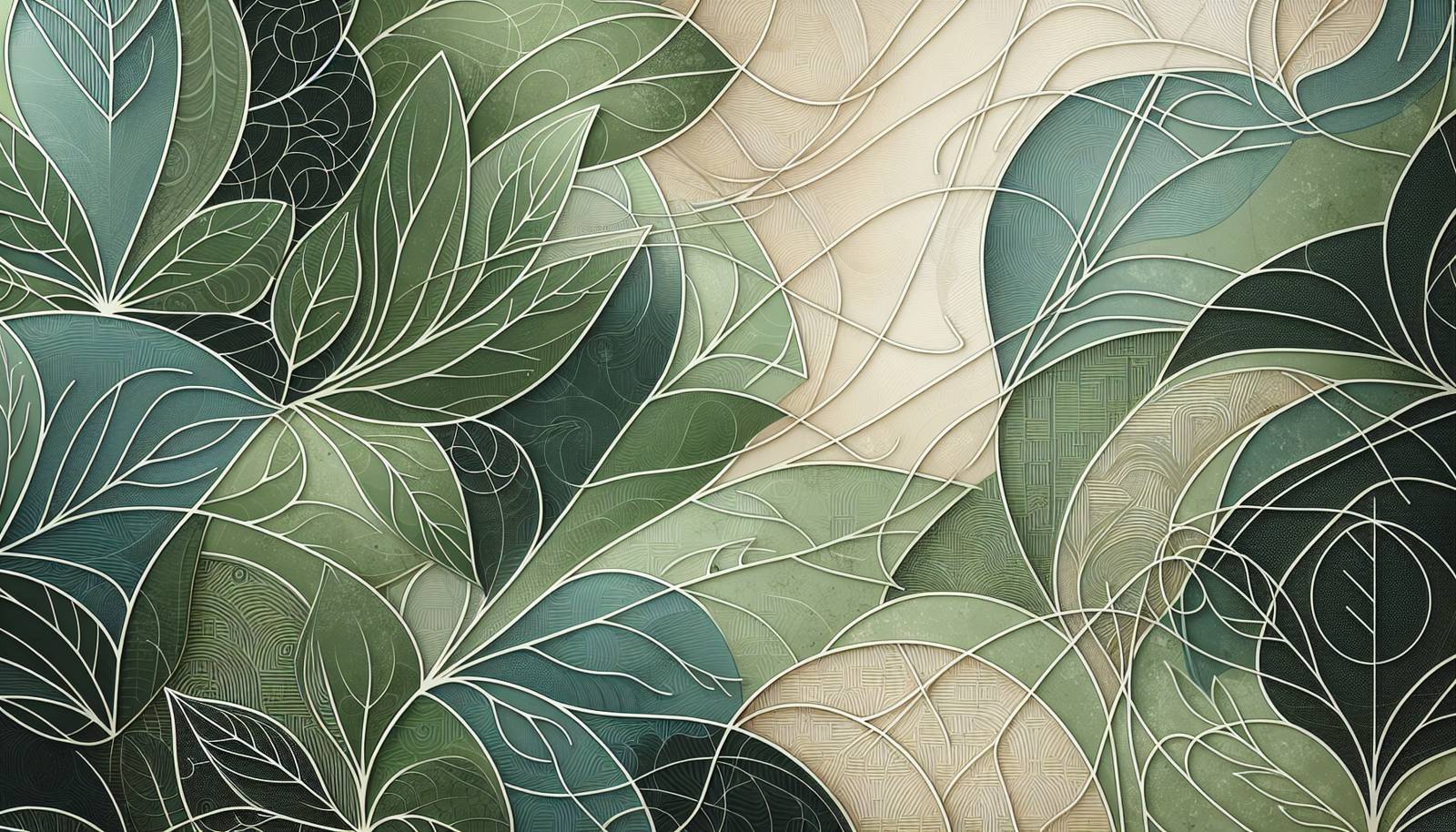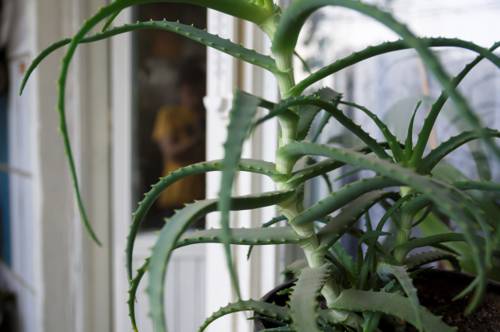
FAQ About Indoor Plant Self-Healing Mechanisms

How do indoor plants heal themselves after being damaged?
Indoor plants have several mechanisms to heal themselves after experiencing damage. Primarily, they rely on meristematic tissue, which contains undifferentiated cells that can grow and differentiate to replace lost or damaged cells. When a plant part is damaged, such as a leaf, stem, or root, these cells divide and differentiate to repair the tissue. Additionally, plants may also seal off damaged areas to prevent infection or further injury, often by producing protective compounds or forming callus tissue.

What is the role of meristematic tissue in plant self-healing?
Meristematic tissue plays a crucial role in plant self-healing by serving as the site of growth and regeneration. It consists of undifferentiated cells that have the ability to divide and form new cells. During healing, these cells can create new tissues to replace the damaged parts, ensuring the plant can continue to grow and function. This process is essential for recovery from physical damage and ongoing plant care.

Can indoor plants heal from all types of damage?
While indoor plants have impressive self-healing abilities, they cannot always fully recover from all types of damage. Factors such as the extent of the damage, type of injury, and overall health of the plant affect its ability to heal. Minor cuts or abrasions can often be repaired by the plant itself, but severe structural damage or persistent pest infestations may require human intervention or could lead to irreversible harm.

How can I support my indoor plant's natural healing process?
To support your indoor plant's natural healing process, provide optimal growing conditions, including adequate light, proper watering, and suitable soil nutrient levels. Minimize stress by avoiding overwatering or under-watering and protect plants from pests. Pruning damaged parts correctly can also help, as can applying appropriate fertilizers that supply essential nutrients. Observing proper plant care routines enhances their ability to repair themselves.

Do indoor plants use hormones to heal themselves?
Yes, indoor plants use hormones to regulate their healing processes. Plant hormones such as auxins, cytokinins, and gibberellins play roles in cell division, differentiation, and growth that are crucial for repairing damage. Auxins, produced at the site of injury, can stimulate cell division and elongation, while cytokinins promote cell division and differentiation, aiding the regeneration of damaged tissue.

What is callus formation in plants?
Callus formation is a plant's response to wounding. It involves the growth of undifferentiated cells around the site of injury, creating a protective barrier that helps to isolate and repair damaged tissue. This callus tissue can eventually differentiate to form new vascular tissues, which can help restore connectivity in the plant's structure and allow for continued growth.

Can pruning stimulate self-healing in indoor plants?
Pruning can indeed stimulate self-healing in indoor plants. By removing dead, diseased, or damaged tissue, pruning encourages the plant to direct its resources towards generating new, healthy growth. It can also help improve air circulation and light penetration, which further supports plant health and aids self-repair processes.

What are some common stress factors affecting indoor plant health?
Common stress factors affecting indoor plant health include inadequate lighting, improper watering (either overwatering or underwatering), nutrient deficiencies, pest infestations, and improper temperature or humidity conditions. These stressors can weaken a plant, making it more susceptible to damage and hindering its natural healing processes.

How do indoor plants protect themselves from infection during recovery?
Indoor plants protect themselves from infection during recovery by producing antimicrobial compounds and forming physical barriers around wounds. These defenses limit the entry and spread of pathogens. Plants may also seal off infected or damaged tissue through abscission or compartmentalization, effectively isolating the problem and preventing further spread.

Why is light important for the recovery of indoor plants?
Light is crucial for the recovery of indoor plants as it provides the energy needed for photosynthesis, which fuels growth and repair processes. Adequate lighting ensures that plants have the energy resources required to produce new tissues and heal from damage. Without sufficient light, a plant's ability to repair itself can be significantly impaired, leading to stunted growth and further health issues.

How do microorganisms help indoor plants recover from damage?
Beneficial microorganisms can significantly aid indoor plant recovery from damage by enhancing nutrient availability, boosting plant immunity, and supporting root health. Symbiotic relationships with mycorrhizal fungi, for instance, help plants absorb nutrients more efficiently, while certain bacteria can produce growth-promoting substances that speed up healing. These interactions strengthen the plant's resilience to stress and promote overall healthy growth.

Can damaged indoor plants recover faster with fertilization?
Fertilization can help speed up the recovery of damaged indoor plants by providing essential nutrients that support new growth and repair processes. Nutrients such as nitrogen, phosphorus, and potassium are crucial for cell division and energy transfer, which are vital during healing. However, it's important to use fertilizers judiciously, as over-fertilization can lead to further stress and harm the plant.

What should I do if my indoor plant has lost most of its leaves?
If your indoor plant has lost most of its leaves, assess the root cause of the leaf drop and address any underlying issues, such as improper watering, pests, or nutrient deficiencies. Provide optimal care conditions, including proper light, water, and nutrients, and avoid further stress. Over time, and with good care, many plants can generate new leaves and recover.

How long does it typically take for an indoor plant to heal from damage?
The time it takes for an indoor plant to heal from damage varies depending on the plant species, extent and type of damage, and growing conditions. Minor damage such as small cuts or abrasions might heal within weeks, while significant injuries can take months for full recovery. Providing supportive care conditions can accelerate the healing process.

Can indoor plants heal from root damage, and how?
Indoor plants can heal from root damage, particularly if the damage is not extensive. Roots can regrow from the remaining healthy tissues when damage is addressed promptly. Ensure the plant is potted in suitable soil with good drainage and avoid overwatering, which can exacerbate root issues. Providing appropriate nutrients aids root regeneration, helping the plant recover.

What is the role of water in plant healing?
Water plays a vital role in plant healing by acting as a medium for nutrient transport and biochemical reactions necessary for growth and repair. Adequate watering ensures that plant cells maintain turgor pressure, which is essential for cell division and expansion. Consistent moisture levels can help prevent additional stress, allowing the plant to focus on healing damaged tissues.

Do all indoor plants have the same healing capabilities?
No, indoor plants do not all have the same healing capabilities. Different species have varying abilities to recover from damage, depending on their growth habits, structure, and resilience to environmental stressors. Some plants may exhibit robust regenerative properties, while others may be more sensitive and require careful management to recover from injury.

How does stress affect a plant's ability to heal?
Stress can significantly impair a plant's ability to heal by diverting energy and resources away from growth and repair processes. Stressed plants often have reduced photosynthetic capacity and limited access to nutrients, which can slow down cell division and tissue regeneration. Reducing stress by optimizing environmental conditions enhances healing and overall plant health.

What are phytoalexins, and how do they help indoor plants?
Phytoalexins are antimicrobial compounds produced by plants in response to pathogen attack or stress. They play a role in defense by inhibiting the growth of harmful microorganisms and enhancing resistance to infection. In the context of healing, phytoalexins can help protect injured tissues from disease, thereby supporting the plant's recovery and overall health.

Can physical barriers help indoor plants heal?
Yes, physical barriers can help indoor plants heal by protecting wounded areas from further damage and infection. Plants may form cork or lignin layers around injury sites, effectively sealing off the wound. These barriers prevent the ingress of pathogens and reduce moisture loss, allowing the internal tissue to mend and regenerate more efficiently.
